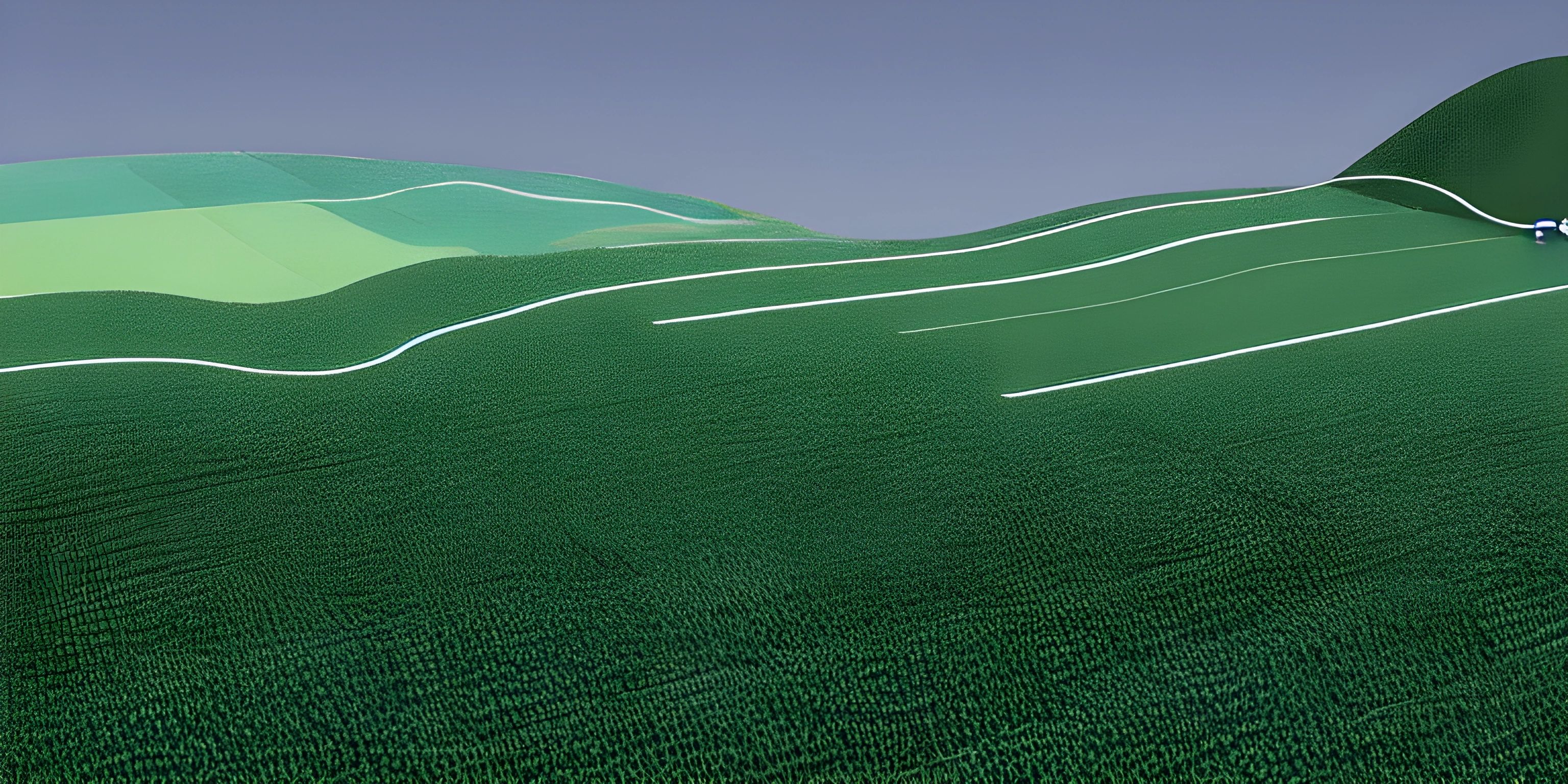Understanding the Compilation Process

Note: this page has been created with the use of AI. Please take caution, and note that the content of this page does not necessarily reflect the opinion of Cratecode.
The journey from human-readable code to an executable program is like a thrilling quest filled with cryptic languages, mystical transformations, and a magical process known as compilation. Buckle up, because we're about to embark on this exciting adventure!
The Source of Adventure
It all begins with the source code. This is the human-readable code that we write using a programming language. It's like a recipe for a delicious cake; the ingredients are the variables and the instructions are the functions. But unlike cake making, where you directly bake the ingredients, in software making, this recipe needs to be translated into a language that the computer understands.
#include <iostream>
int main() {
std::cout << "Hello, Cratecode!";
return 0;
}Our journey starts with this simple "Hello, Cratecode!" program written in C++. We need to convert this to a language our computer understands. And so, we enter the realm of compilers.
The Translators: Compilers
Compilers are like experienced linguists, proficient in both human and computer languages. They translate the source code into machine code, which is a form of binary language that the computer can execute directly. But this translation isn't a one-step process. It's more like a relay race where each runner, or phase, plays an essential role.
Phase 1: Preprocessing
In the first phase, known as preprocessing, the compiler tidies up the source code. It handles tasks like including header files and expanding macros. Think of it as preparing the ingredients before the actual cooking starts.
Phase 2: Compilation
In the compilation phase, the preprocessed code is transformed into assembly code. This is a more low-level language that is closer to machine code but still readable by humans, sort of like a halfway point between the source code and the final executable binary.
Phase 3: Assembly
During assembly, the assembly code is converted into object code, which is machine code that has not yet been linked. At this point, our code is no longer readable by humans, but it's not quite ready to run on a computer just yet.
Phase 4: Linking
Finally, in the linking phase, the object code is linked with other object codes and libraries needed to create the final executable file. Now our cake, I mean, our code, is ready to be served!
Binary: The End of the Quest
The end result is a binary file, which is an executable program that the computer can run directly. All the symbols and text from the original source code have been translated into a series of ones and zeros that our computer understands.
$ ./hello_cratecode Hello, Cratecode!
And there you have it, the thrilling quest of the compilation process. From the humble beginnings of human-readable code to the magical transformation into a binary executable, it's a journey full of translation, transformation, and linking that produces the programs that we use every day.
Hey there! Want to learn more? Cratecode is an online learning platform that lets you forge your own path. Click here to check out a lesson: Async Rust (psst, it's free!).
FAQ
What is the purpose of the compilation process?
The purpose of the compilation process is to translate human-readable source code into a format that a computer can understand and execute directly. This process involves several steps, including preprocessing, compilation, assembly, and linking, to produce an executable binary file.
What happens during the preprocessing phase?
In the preprocessing phase, the compiler prepares the source code for the compilation process. This includes tasks like including header files, expanding macros, and processing compiler directives.
What is the difference between assembly code and machine code?
Assembly code is a low-level programming language that is closer to machine code but still readable by humans. Machine code, on the other hand, is a binary language that can be executed directly by the computer. The compilation process involves translating the source code into assembly code first, and then into machine code.
What is the role of linking in the compilation process?
The linking phase of the compilation process involves connecting the object code with other object codes and libraries to create the final executable file. This is crucial because it ensures that the program has access to the functions and resources it needs to run correctly.
What is a binary file?
A binary file is the final output of the compilation process. It is an executable program that consists of binary code, a series of ones and zeros that a computer can interpret and run directly. This is the format that all software programs are delivered in for execution on a computer.





